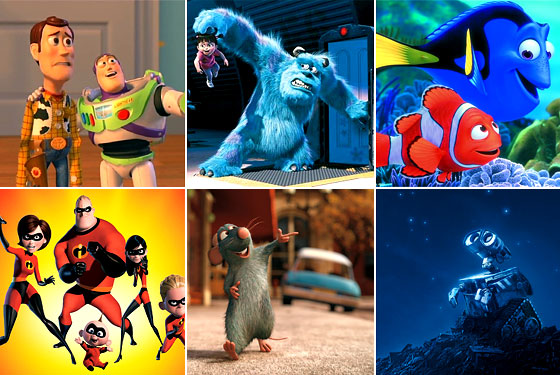 |
Me and my daughter at Disneyland (my son is in my belly).
Photo taken by Sean Murphy (my husband). |
It is that cold, dark, spooky time of year, and as Halloween quickly approaches I find myself looking for creepy decorations and horror movies. I love a good thrill, but some of the best spine tingling experiences that I have ever had come from books. Children's books! My favorite books to read as a child were scary story anthologies. I would scour the library for all of the creepy story books, and I would relish in the illustrations. As an adult my interest in these illustrations and stories has not waned, and I own some of my favorites including the "Scary Stories" series by
Alvin Schwartz and the "Short and Shivery" books by
Robert San Souci. The stories in these books have equal appeal as they are mostly adapted stories and legends from different parts of the world. What strikes me is the illustrations. The "
Scary Stories to Tell in the Dark" book illustrations, by Stephen Gammell, are drawn in a monochromatic range of grays. The illustrations seem soft and out of focus and stringy lines ooze out of unexpected places. The "
Short and Shivery," books are illustrated by Katherine Coville and the illustrations are also black and white (excluding the cover), but they are drawn with thick outlines and precise clarity.
To analyze these book designs I will use a specific illustration from each book. These two illustrations will describe the general feel of the books and serve to communicate the design of each book. I chose illustrations that are created for very similar stories. The stories tell of a girl who is dared to enter a graveyard, some how gets caught by her clothing, and is unable to run away. The girl dies of fright.
This illustration is from "Scary Stories," drawn by
Stephen Gammell. It is a drawing of a girl in the action of screaming. The contrast of the light background and the dark figure place the figure as the focal point. The slightly off central position of the figure lends to an uneasy feeling, but balance is maintained by the dark linear grass creeping up toward the figure's body. The smudgy soft focus and lack of any out-lines create an unsettling world. The hair of the figure repeats the weedy grass in its strange, undulating, thin-line motif. The connecting filaments of dark ink create an odd environment.The image is a wonderful example of the others in this book, and is a testament to the work of Stephen Gammell and his ability to create an edgy, tense, creepy illustration.
 |
Illustration scanned by me
Drawn by Katherine Coville
From the book Short and Shivery |
The drawing by
Katherine Coville from "Short and Shivery," is a different style all together. Even though the illustration is meant to depict the same story, it is a very different style and technique. This illustration also uses monochromatic shades of gray, but the illustration has a different feel. This image is of a girl in a graveyard, with her cloak pinned down by a cane. Coville uses lines to describe definite edges. Her shading creates depth within the image. The realistic trees, gravestones, and figure make this drawing less unsettling than Gammell's. Coville's selection of what place in the story she portrays lends to a less horrific response, but even if she had chosen to portray the same moment as Gammell, her more realistic and familiar style does not cause the same uneasiness.
I enjoy both illustrations in a different way. I appreciate Coville's describing and fanciful illustrations for their skill and beauty. Gammell, is an amazing artist because he is so great at creating an unreal, horrific, fantasy world by playing with the human sense of reality.
Happy Halloween!














